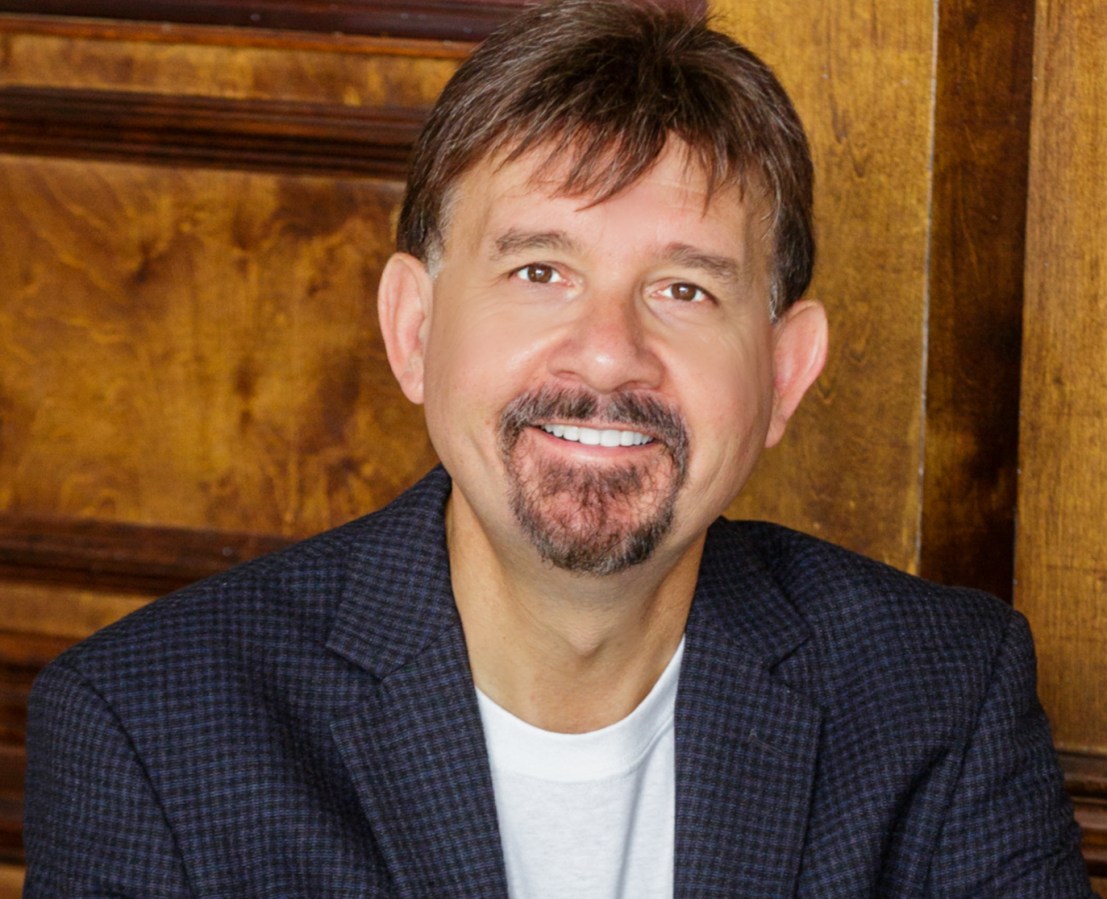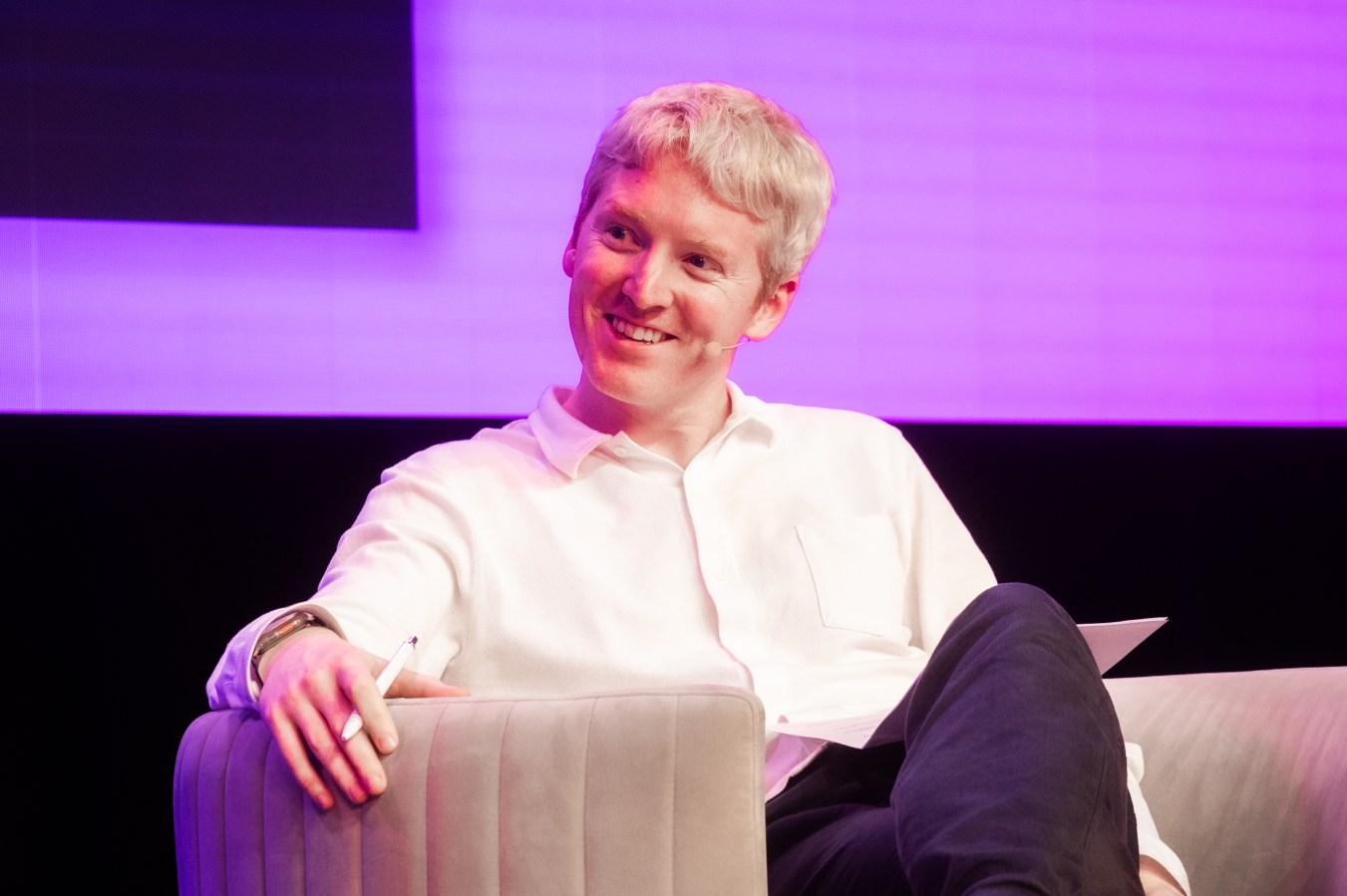Elzinga founded Melbourne unicorn Culture Amp in 2009, after identifying that most big technology transformation projects are not technology problems – they are cultural. It is now the largest culture analytics firm in the world.
This article featured in Issue 13 of Forbes Australia. Tap here to secure your copy.
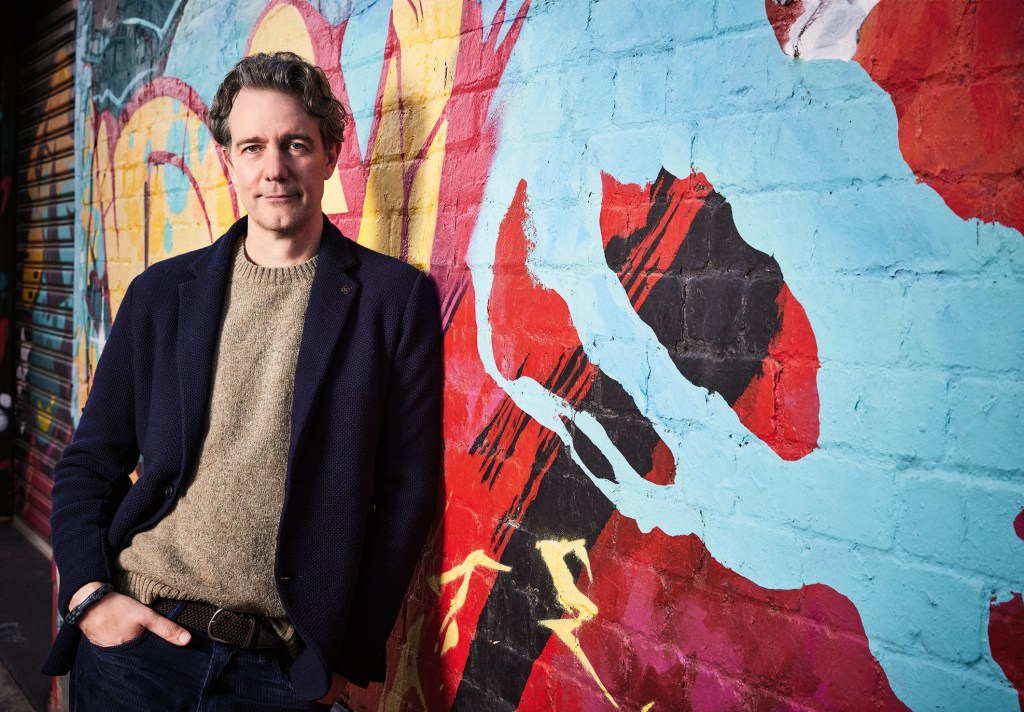
When Didier Elzinga received a call from a Silicon Valley investor in 2015, it was an inflection point for the founder of the $2.2 billion Australian start-up Culture Amp.
The phone call came from early Google employee Aydin Senkut, who has funded 45 companies that have grown into unicorns. “He called me out of the blue and said the last few board meetings I have been at had Culture Amp data in it. Who are you?” laughed Elzinga.
Today, Culture Amp is on a 5-year road to a NASDAQ IPO and counts the NBA, Tiffany and Co. and Canva as customers. According to global HR expert Josh Bersin, its secret sauce is improving the managerial process between leaders and their teams. Culture Amp is a ‘modern talent and manager productivity system’ that beat early competitors Qualtrics, Towers Watson, Gallup, and Perceptyx in creating an end-to-end human capital platform, says Bersin.
The early days
It is hard to imagine a more culturally impactful industry than Hollywood. Yet CEO Elzinga stepped down after 5-years at the helm of what AusFilm classifies as one of Australia’s most successful visual effects companies.
In the preceding 13 years, Elzinga climbed the ladder of Adelaide’s Rising Sun Pictures, joining as a software engineer and being named to the top job at 26. By 2009, the computer science/philosophy major was looking for his next challenge. “I love storytelling, I love image-making. But I got to the point where I wanted to make a bigger difference to the universe than I could by working on Expendables 27.”
Asking himself what he cared about, Elzinga narrowed it down to people and culture. Knowing he could use his engineering skills to create a platform, he poked around to see what other companies were doing and discovered opportunities.

Elzinga moved to Melbourne with his wife, Greta Bradman. Soon after, Elzinga joined a co-working space in the inner-city hub of Richmond, where he met other software engineers toiling away on start-up projects. Within a year, those engineers – Jon Williams, Doug English, and Rod Hamilton – joined Elzinga in building the Culture Amp employee analytics platform.
“They had worked inside large companies and realised that most big technology transformation projects are not technology problems – they are cultural problems. The four of us joined forces,” he says.
Building intentional culture
Culture Amp hired its first employee in 2011. Dr Jason McPherson completed his PhD at the University of Adelaide with Elzinga’s wife. He had been working at HR firm Konexa, now a part of IBM, and was brought in as chief scientist and the resident expert in organisational psychology.
“Jason and I were looking at the rise of using technology to understand the customer. [I thought], why do we know so much about somebody buying a hamburger but so little about the people working in the hamburger company for 10 years?” says Elzinga.
Bersin, CEO of San Francisco-headquartered Josh Bersin Company, says Culture Amp’s initial focus put it in competition with incumbents Qualtrics, Towers Watson, Gallup, and Perceptyx. A part of what set it apart was the customer experience. “Most of the other vendors were “tools companies” competing primarily on features. HR buyers want features, but more than anything, they want software that people love and vendors that understand high-level issues,” says Bersin.
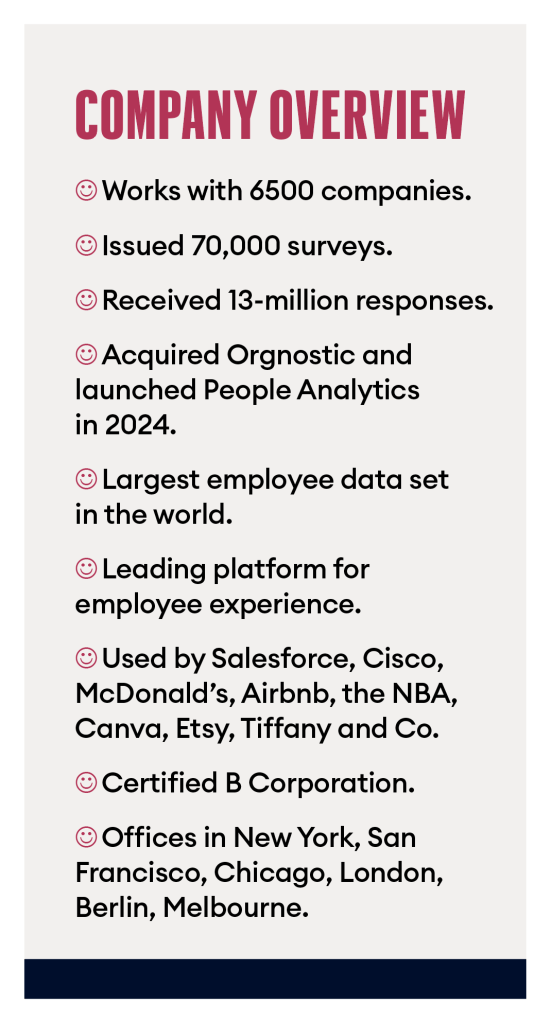
Culture Amp’s competitors were using consultants to send surveys to employees. Gathering responses and undertaking analysis took months. Elzinga aimed to expedite that process and make real-time survey responses available. This, with anonymised, aggregated data on employee sentiment in similar organisations, let customers benchmark the results and use Culture Amp’s tools to train and expedite employee skills.
Elzinga says the Culture Amp platform uses behavioural science to bring about change and improve organisational culture. “Over the past 10 years, companies started thinking about how powerful their people are. We saw that move from the periphery, and we rode the wave.” An example is the platform’s ‘Skills Coach’ product. “It’s taking the best thinking in this space and delivering it in a ‘two-minute-a-day’ format,” Elizinga says.
Earlier this year, Culture Amp acquired Serbian start-up Orgnostic. In July, it launched its People Analytics product, enabling companies to consolidate HR data with data from finance and business departments. “Combined with our people-science expertise, we can provide AI-backed insight and prediction to drive culture at scale,” says Elzinga.
The road to NASDAQ
An IPO is not imminent, Elzinga says, but it is on the cards. “We will do it – the question of when depends on the markets. We are already well past the size a company would have IPO’d. Given the current environment, everyone wants confidence and security. I would say it’s still five years away.”
He confirms that the listing would be on NASDAQ, not ASX. “If we were to list today, we would be a technology company of scale on the ASX. We would not be a technology of scale on NASDAQ. We set ourselves out to build the most valuable HR tech company in the world – you are more likely to do that on NASDAQ.”

Timing is key, Elzinga says. “Running a public company is hard – you have to be predictable in revenue. What you do to IPO does not make you a better business – you need to do it to improve your share price. So don’t rush it; do it when you are ready.”
A changing landscape
Elzinga launched Culture Amp at a time of shifting workforce dynamics and economic conditions.
In the mid-2000s, many employees were seeking new opportunities. Manual labour jobs were declining, and software tools like Skype, Google, Gmail, Facebook, Twitter, YouTube, and smartphone hardware were exploding.
The Global Financial Crisis in 2007 further complicated the employment landscape. Australia was impacted less than other countries, though economic growth slowed, and part-time
employment became more commonplace.
In the US, unemployment skyrocketed from 5 to 10 per cent, according to 2009 US Reserve Bank data. “Good employee-management practices took a big step back during this period because employees were willing to put up with anything as long as they had a job,” says Peter Cappelli, a management professor at the Wharton Business School.
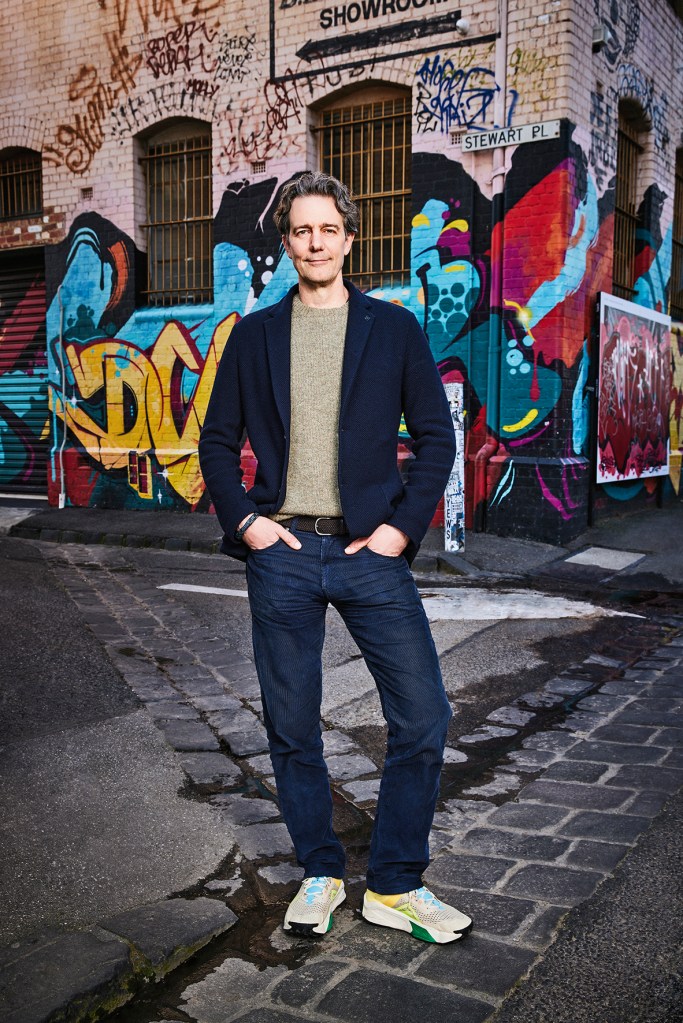
The tables turned on employers in the period after the GFC.
“Post-2008 was a growth period, and companies struggled to rebuild their teams, compete for talent, and retain staff. Companies wanted new tools to make the employee experience better,” says Bersin.
Culture Amp aimed to enable employers to access credible organisational behaviour research, automate surveys, collate responses, aggregate data across individual departments, and benchmark it against the industry. The founders delivered the product in a user-friendly, accessible digital portal. It was the edge the company needed to fend off competitors.
“2015 was still a ‘war for talent’, but by this time, we all had mobile phones and were using Twitter, so everyone wanted easy-to-use, fast-response tools like Culture Amp. Traditional forms-based platforms were feeling very out of date,” says Bersin.
“Vendors like Lattice, BetterWorks, and many others were building these things, but none had the survey and feedback platform that Culture Amp had.”
International growth
The founders had global ambitions from the start. Self-described ‘People Geek’ Jon Williams spent considerable time in the US sleeping on friends’ couches to get a foothold in the tech industry. The sleepless nights paid off, as Williams secured Pinterest, Airbnb, and Box as early clients. “The company was successful with surveys and feedback and was very aware that the real “solution” companies wanted was not just getting good feedback but improving the managerial process between leaders and their teams,” says Bersin.
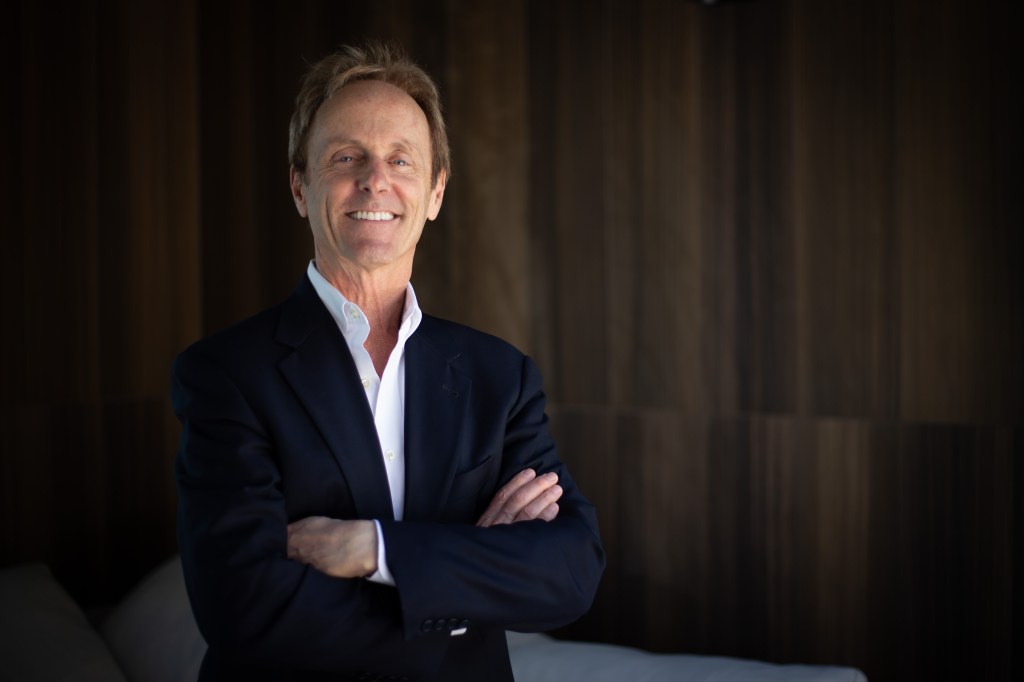
Bersin says the product pivot in 2016 was instrumental to Culture Amp’s success. “There was a lot of interest in ‘OKRs’ and ‘continuous performance management’ (pioneered by Adobe) at the time, and there were no good tools. Most performance management apps were designed as form-filling tools for year-end record keeping. Culture Amp built an add-on to that facilitated goal setting, feedback, and continuous performance management.”
According to Bersin, the focus on product and targeting companies prioritising culture were essential elements of Culture Amp’s rapid growth. “Didier’s success comes down to two things. First, he and his team are product-centric and worry about product design, product-market fit, and customer experience. So, Culture Amp is “loved” by its customers. Second, he and his team have continuously focused on “culture-first” companies, attracting many fast-growing tech and service organisations.”
Bootstrapping to avoid early dilution
In the early days of the company, Elzinga was more interested in the address book of VC firms than their money. “We would go in, and I would say, I am going to pitch to you. But I am not interested in raising money. I just want to know if any of your portfolio companies would be interested in being customers.”
It was a strategic play that paid off to gain initial traction in the marketplace, and when Culture Amp was ready to raise funds. “That helped later because by then, the VCs knew what we did – their portfolio companies were reporting Culture Amp data to them.”
The company bootstrapped its way to $1 million in annual recurring revenue. In 2015, it completed a Series A. “If you raise money off the bat, you have to give up 20% or 25% of your
company before you even start. When you have four co-founders and lots of people working with you, everybody ends up owning a smaller piece.”
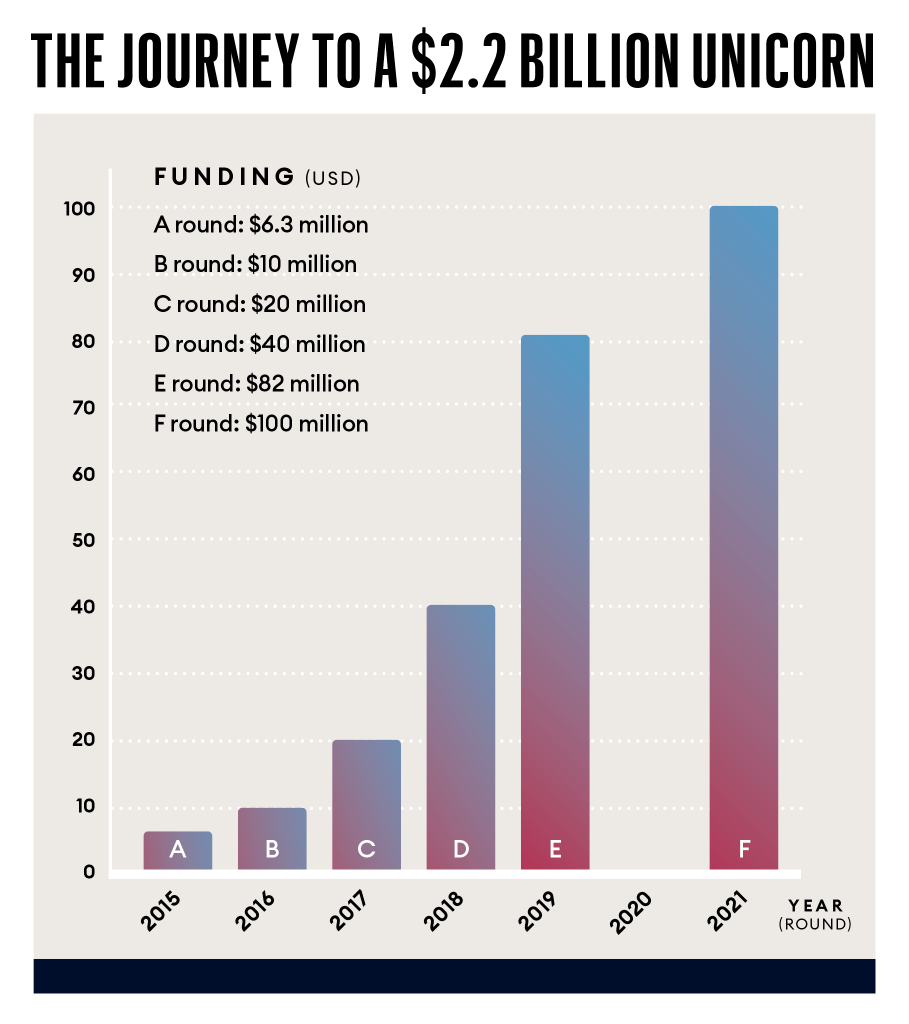
International expansion drove the decision to raise a $6.5-million A round. “We were starting to see traction. And we realised that not taking the money was going to stop us from delivering on the mission.”
The Series A was led by Blackbird Ventures, Index Ventures, and Felicis – the VC firm led by Aydin Senkut. Senkut was hired by Google in 1999 when it was a team of just 30. He left the year after Google went public and founded Felicis. More than 45 companies he has invested in have crossed the unicorn threshold. Canva is one, and Culture Amp is another.
When the A raise was announced, Senkut praised Culture Amp for providing insights into the greatest assets companies have – their people. “Culture Amp has swiftly become indispensable to heads of talent and CEOs because, for the first time, they can understand – in real-time – what makes their people tick,” Senkut said in 2015.
That same year, Culture Amp opened its first international office in San Francisco. The B round closed in 2016, and C in 2017. Offices in New York and London followed.
Blackbird partner Nick Crocker joined the Culture Amp board in 2018 after leading the $54-million Series D. “Culture Amp is the company that defines a category – engagement – that didn’t exist ten years ago,” says Crocker.
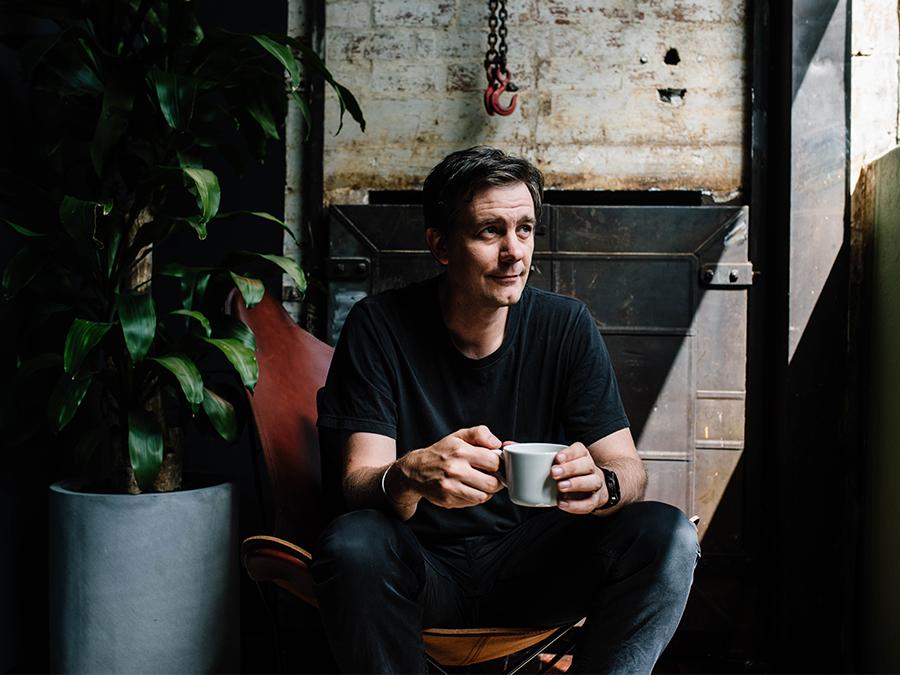
He believes Elzinga is one of the best CEOs in Australia and says the Culture Amp product is a game-changer and is used extensively at Blackbird. “Once you’ve understood your company through the Culture Amp lens, you can never revert to your old gut-feel ways.”
Felicis co-invested in 2019’s $120-million Series E. Wesley Chan, Felicis’ Managing Director, says his firm is astounded by Culture Amp’s growth and is an enthusiastic supporter of the company.
In 2021, Culture Amp closed a $150-million F round led by Sequoia Capital China and TDM Growth Partners. Blackbird came in, too, as did Skip Capital and Grok Ventures. That raise valued the company at $2.2 billion, the last valuation on record.
The Series F brought the entire capital raised to $387 million. Elzinga says that an IPO is likely to be the next fundraising step. “Once you take a reasonable amount of VC money, going public is one of the best mechanisms to renew the shareholder base and set up for that next phase.”
Canva, Safety Culture, Atlassian, Culture Amp
Elzinga says the ecosystem of successful Australian founders is growing. “Now the community in Australia is quite a lot bigger. There’s Cliff, Mel, and Cam at Canva, as well as Luke from Safety Culture. The ability to call someone one or two steps ahead of you and say, we are doing this for the first time – how should we think about it? They say, well, here are all the mistakes we made.”
Before the current cohort of unicorn founders came Australia’s OG tech heroes. Elzinga met Atlassian’s Mike Cannon-Brookes and Scott Farquhar at the 2009 EY Entrepreneur of the Year awards. “We met at the judging and became friends. They just kept building this incredible business. I credit both of them and their journey with Atlassian for inspiring me to step out of Rising Sun and start Culture Amp,” says Elzinga.
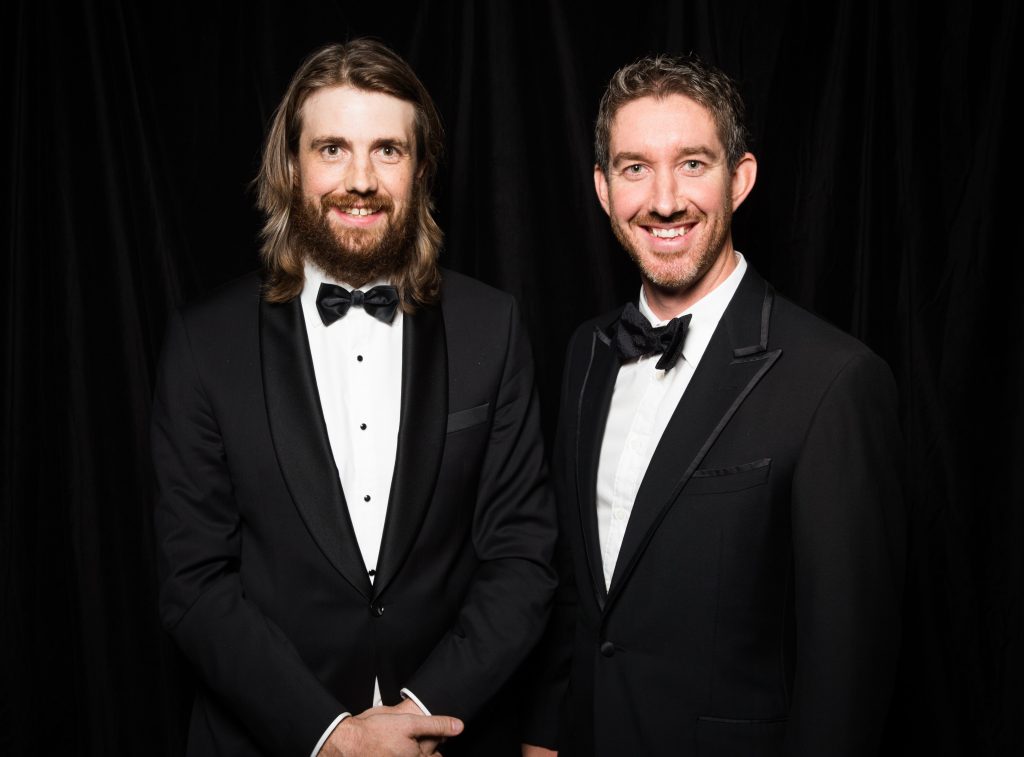
“They have both done so much for the industry in Australia, and it is done with no fanfare. Being successful paved the way for others, but it is also their generosity that helped them respond to people. They both have family offices and invest in companies.”
Elzinga tries to emulate that same generous spirit with his time. He says he cold-calls Australian entrepreneurs who have hit hard times.
“If I see a start-up founder, inverted commas, ‘fail’ – and I may not even know them well – I will reach out. I know how lonely that is in Australia. It’s almost like people are saying you are no good. You tried, and you failed. In the US, they’re better at that. They say, hey, cool, you failed, let’s do it again.”
As for his own success, Elzinga believes the innovative first chapter of his career equipped him with valuable tools. “I was a CEO when I was 26. I was in Hollywood. You don’t make a film by following a playbook; you’re pushing the edge all the time,” he says.
Creating tinsel-town-worthy special effects helped prepare him for the gruelling founder path ahead. “Building a start-up, you are trying to dent a hole in the universe. You have to get in there and force a place for you and your company to exist.”
Look back on the week that was with hand-picked articles from Australia and around the world. Sign up to the Forbes Australia newsletter here or become a member here.

